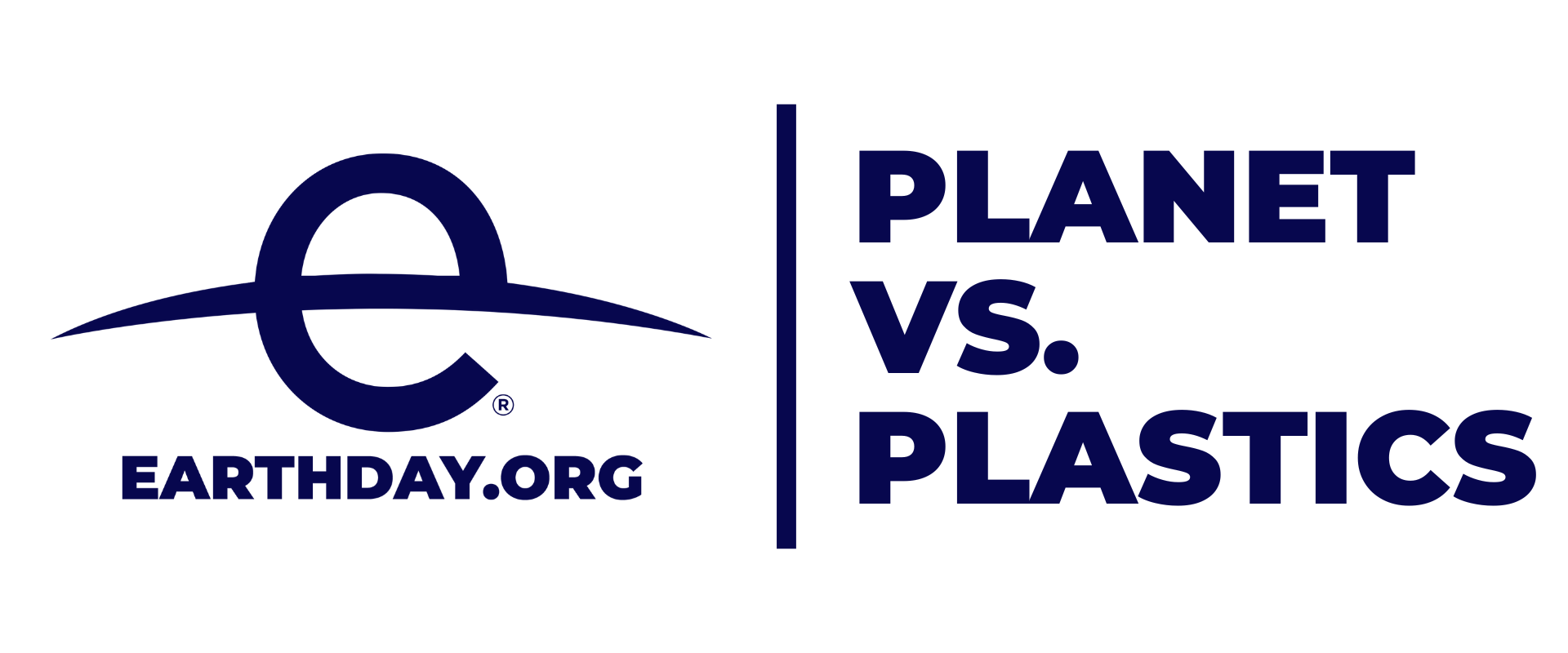|
|
|
Hi, Did you know synthetic textiles are the largest contributor to primary microplastic pollution?1 Primary microplastics are plastic particles engineered to be less than 5mm long and are found in synthetic materials such as polyester and nylon.2 These tiny particles can pollute water during laundering and account for up to 35% of microplastics in the world’s oceans.3 The first step is to eliminate clothes made from synthetic materials in our wardrobes — but it’s not always that simple. The majority of cotton products on the market are made from cotton grown using toxic pesticides and fertilizers, causing further pollution.4 Shopping for sustainably made clothing made from natural materials such as organic cotton can reduce ongoing water pollution due to pesticides and microfiber shedding.5 Make the switch to sustainable shopping by visiting the Earth Day store. EARTHDAY.ORG’s store merchandise is made from organic cotton grown sustainably in regions with adequate water security. Not only is the organic cotton material free of any synthetic fibers, but it also eliminates the use of harmful pesticides in farming. All packaging of merchandise is paper-based and completely plastic-free, and recyclable. Proceeds from all sales go directly towards EARTHDAY.ORG’s initiatives tackling various issues posed by the climate crisis. Each purchase will help support campaigns such as The Canopy Project, which focuses on environmental restoration, The Great Global Clean Up, which aims to reduce plastic pollution, and education initiatives like Fashion for the Earth, Climate and Environmental Literacy, and End Plastics. Help our planet in sustainable style, and support EARTHDAY.ORG, the world’s largest environmental movement. Visit the shop, and learn more about sustainable fashion practices. For the planet, Kathleen Rogers Footnotes: 1. Nature Scientific Reports: https://www.nature.com/articles/s41598-019-43023-x 2. The New York Times: https://www.nytimes.com/wirecutter/blog/reduce-laundry-microfiber-pollution/ 3. European Environmental Agency: https://www.eea.europa.eu/publications/microplastics-from-textiles-towards-a 4. Organic Trade Association: https://ota.com/advocacy/organic-standards/fiber-and-textiles/get-facts-about-organic-cotton 5. The Organic Center: https://www.organic-center.org/site/environmental-footprint-organic-cotton |
|
EARTHDAY.ORG · 1752 N St NW, Suite 700, Washington, DC
20036, United States
|

